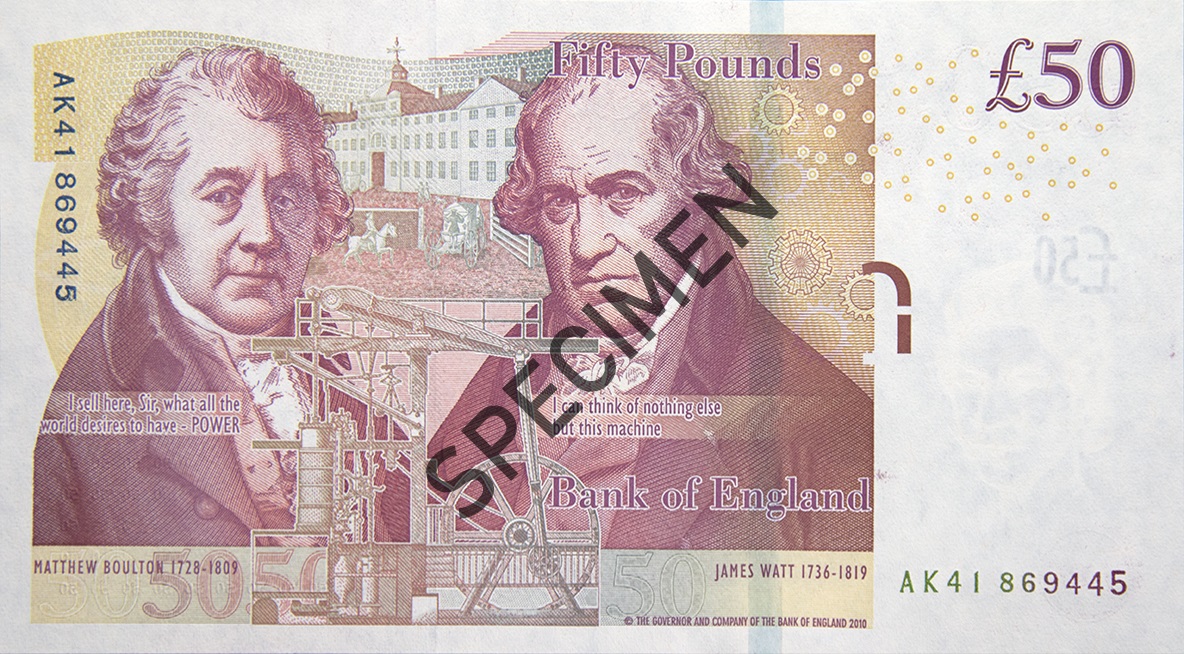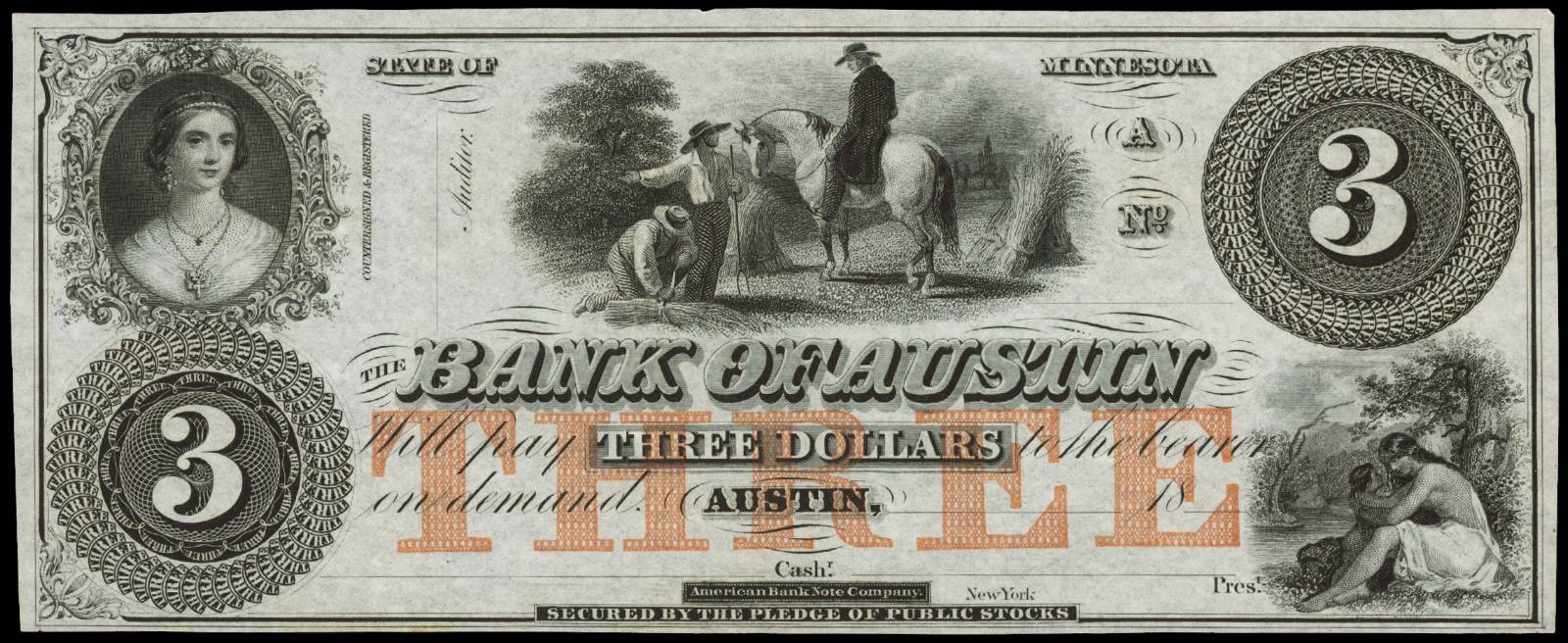
Currently, India imports currency papers from countries such as Germany, Japan, and Britain as domestic production is not enough to meet demands. In March this year, Reserve Bank of India governor Shaktikanta Das had emphasised on the need for 100% self-reliance on bank note manufacturing in the country. The back carries a picture of a blue marlin jumping out of the water. A leading player in the banknote industry, VHP Security Paper has been producing and supplying state-of-the-art banknote paper to Central banks and high. A watermark of Queen Elizabeth II and the numeral 100 appears on the left and a map of The Bahamas in the centre.

The Industrial Infrastructure Development Corporation (IDCO) is believed to have identified the land in two different patches for the project in Remuna tehsil of Balasore. It was not until 1658, when Swedish financier Johann Palmstruck introduced a paper bank note for the Swedish State Bank, that paper money again entered. These notes are legal tender under the Central Bank of The Bahamas Act 2000 for the payment of any amount One Hundred Dollars. COMES BRAND NEW IN PERFECT CONDITION IN PLASTIC BILL SLEEVE. Sources said the company requires around 100 acres of land. NOVELTY CANADIAN 1,000,000 MILLION DOLLAR BILL / NOTE / PAPER MONEY GAG GIFT. Earlier, a three-member team of BNPMIPL visited Balasore on Tuesday to assess the suggested land proposed for the project. The company, engaged in production of bank note papers, currently has a capacity to manufacture 12,000 MT bank note and currency papers per annum at its Mysuru facility. Mysuru-based BNPMIPL is a joint venture of Security Printing and Minting Corporation of India Ltd (SPMCIL), New Delhi and Bharatiya Reserve Bank Note Mudran Private Limited (BRBNMPL), Bangalore. The chief minister assured the company of providing all required support, the government stated. On Wednesday, BNPMIPL managing director Thalikerappa S met chief minister Naveen Patnaik and briefed him about the project plan. Polymer banknotes were introduced by the Bank in 2016, ending 320 years of paper money in Britain, with the £5 note featuring Sir Winston Churchill the first to be switched.BHUBANESWAR: Bank Note Paper Mill India Private Limited (BNPMIPL) will establish a factory in Balasore at an investment of Rs 2500 crore where it expects to manufacture top-quality bank note papers to meet the demands of all the four currency printing presses in India and achieve backward integration in the long run to improve efficiency and reduce costs. The World Paper Money Price Guide is a complete catalog of paper money values for world paper money from 1368 to date. The Bank tweeted back: “All genuine Bank of England notes that have been or are soon-to-be withdrawn from circulation retain their face value for all time and can be exchanged with the Bank of England in London.” Holders of old paper banknotes, including those based outside the UK, have been contacting the Bank on social media to ask whether they will be left with worthless currency. The Bank has suggested that customers who do not need to use the paper money immediately can send their old banknotes to its offices by post. “We would ask that you kindly consider the long wait times when travelling to the Bank to undertake an in-person exchange.” “There will be long queues and you may encounter waiting times in excess of an hour,” the Bank warned. Bharatiya Reserve Bank Note Mudran Private Limited (BRBNMPL) was established by Reserve Bank of India (RBI) as its wholly owned subsidiary on 3rd February 1995 with a view to augmenting the production of bank notes in India to enable the RBI to bridge the gap between the supply and demand for bank notes in the country.

It said customers arriving after 2pm may not get served because the counter where notes can be exchanged is open only between 9.30am and 3pm.

There are just 100 days left to use these bank notes before they will no longer be valid legal tender. Customers have had to wait more than an hour in recent days, according to the Bank’s website, as a result of “very high demand”. THE BANK of England has issued an urgent warning to anyone using £20 or £50 notes.


 0 kommentar(er)
0 kommentar(er)
